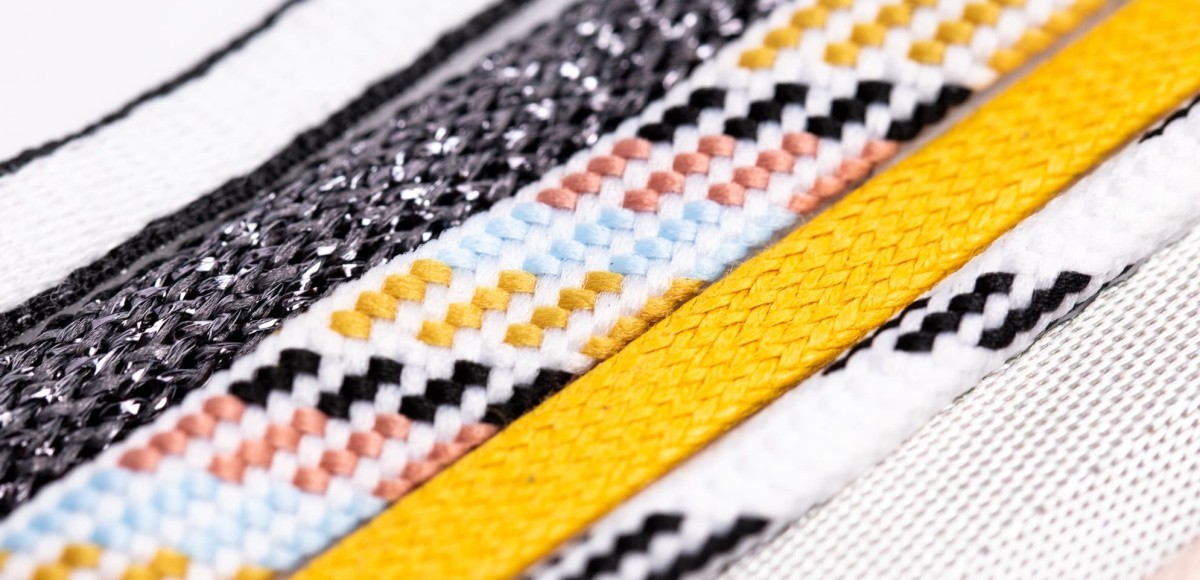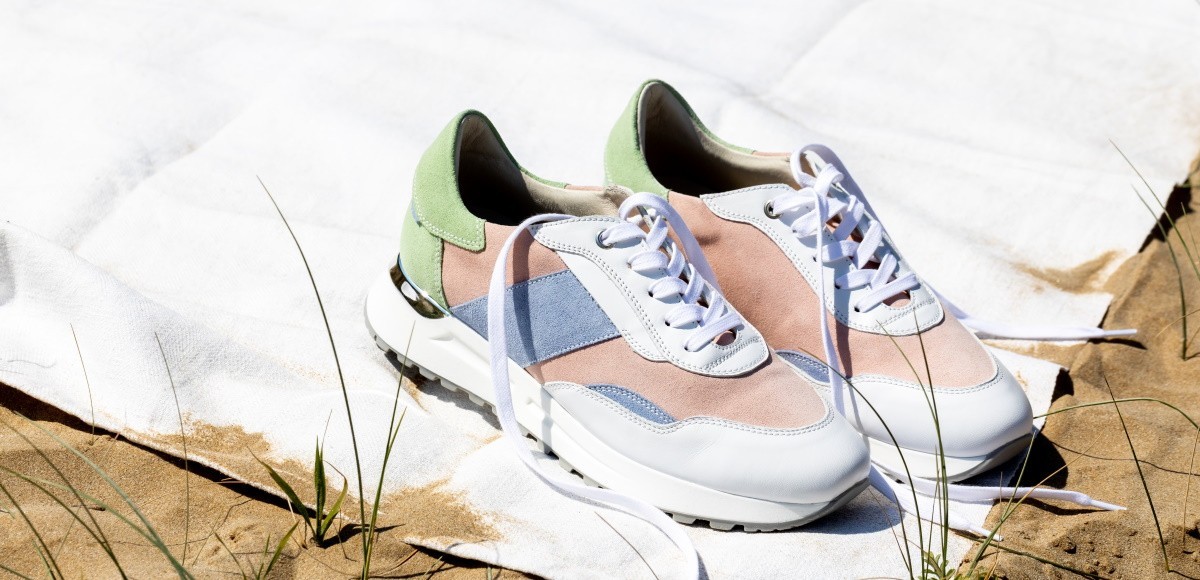DLSport shoelaces: details count

The laces of DLSport shoes are selected with aesthetic and material care. How they are chosen and according to which characteristics.
A quality shoe is also an interweaving of stories. The stories that bind the sole to the upper, the heel to the lining. What we are telling here is the story of our laces.
From experts to experts: quality laces Made in Italy
The laces destined to become part of DLSport footwear are carefully selected and supplied by Italian expert companies, which have always experimented with avant-garde material and aesthetic solutions oriented towards the specific segment of shoelace production.
Types of laces: to each shoe its own
You will never believe how many types of laces there are on the market and how much experience and meticulousness are needed to choose the most suitable ones for each type of shoe. DLSport uses three types of laces:
1. Lanyard
2. Waxed
3. Silk
The lanyard is the traditional lace, circular or square in shape, versatile and suitable for all types of shoes. Durable and sturdy, the lanyard is the evergreen of lace-up footwear.
Waxed is a type of cord that is flexible, durable and adaptable to any shape and diameter. Its variety of colors and shapes makes it a widely used solution in footwear, but also in fashion accessories.
The silk lace is ideal for highlighting elegant models with a chic fit. Silk, refined in its composition and suggestive in its appearance, characterizes shoes designed for formal occasions, with grace and personality.
Shoelaces: hundreds of alternatives
The laces are processed and adapted within the DLSport manufacturing system according to the designers' instructions, who take care of every detail while designing the shoe. The lace must have the right diameter for the eyelets (the holes through which the lace passes) and the optimal length to ensure a comfortable and resistant lacing. The shape of the lace also differs, taking a flat or rounded line depending on the model and the taste of the designer.
Obviously, the lace must also be selected according to its color and chromatically agree with the colors of the upper and the lining. It is not taken for granted that the lace is in solid color, on the contrary, there are valuable varieties of multicolor laces, which are proposed as more daring alternatives to the classic monochrome solution.
Do you still think one lace is as good as any?


.jpg)

.jpg)